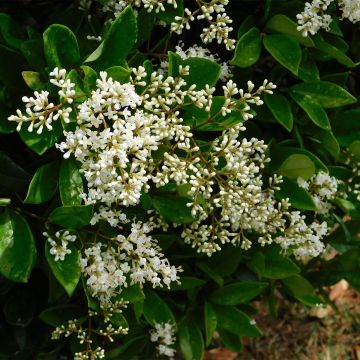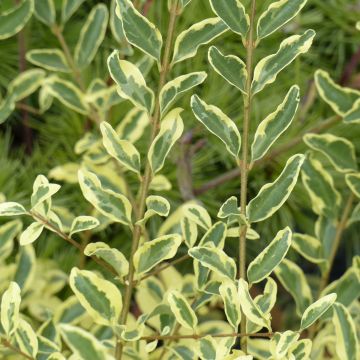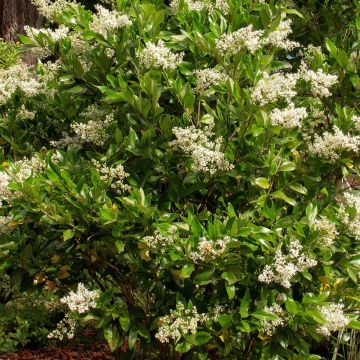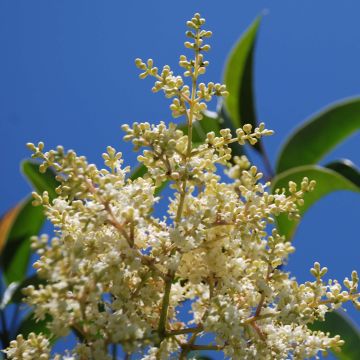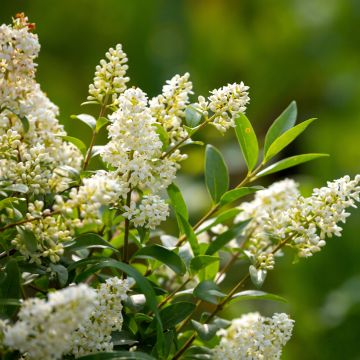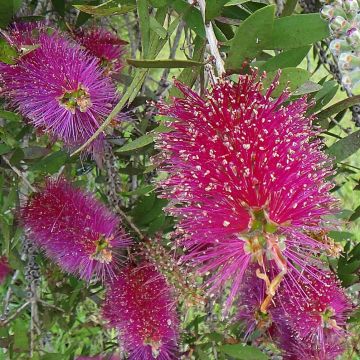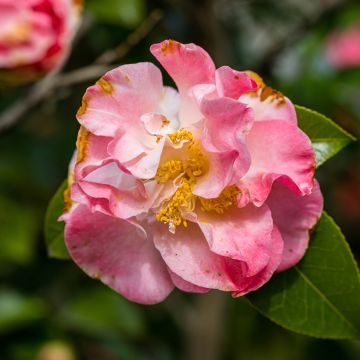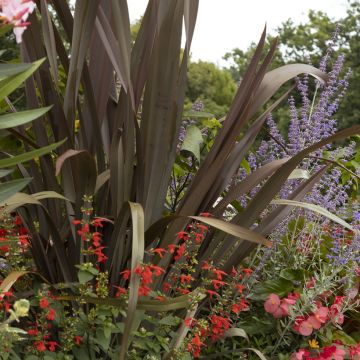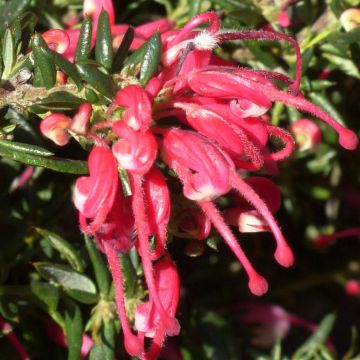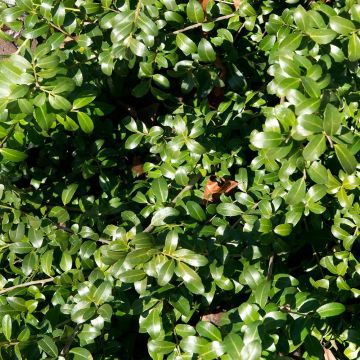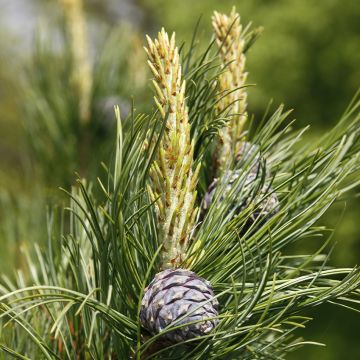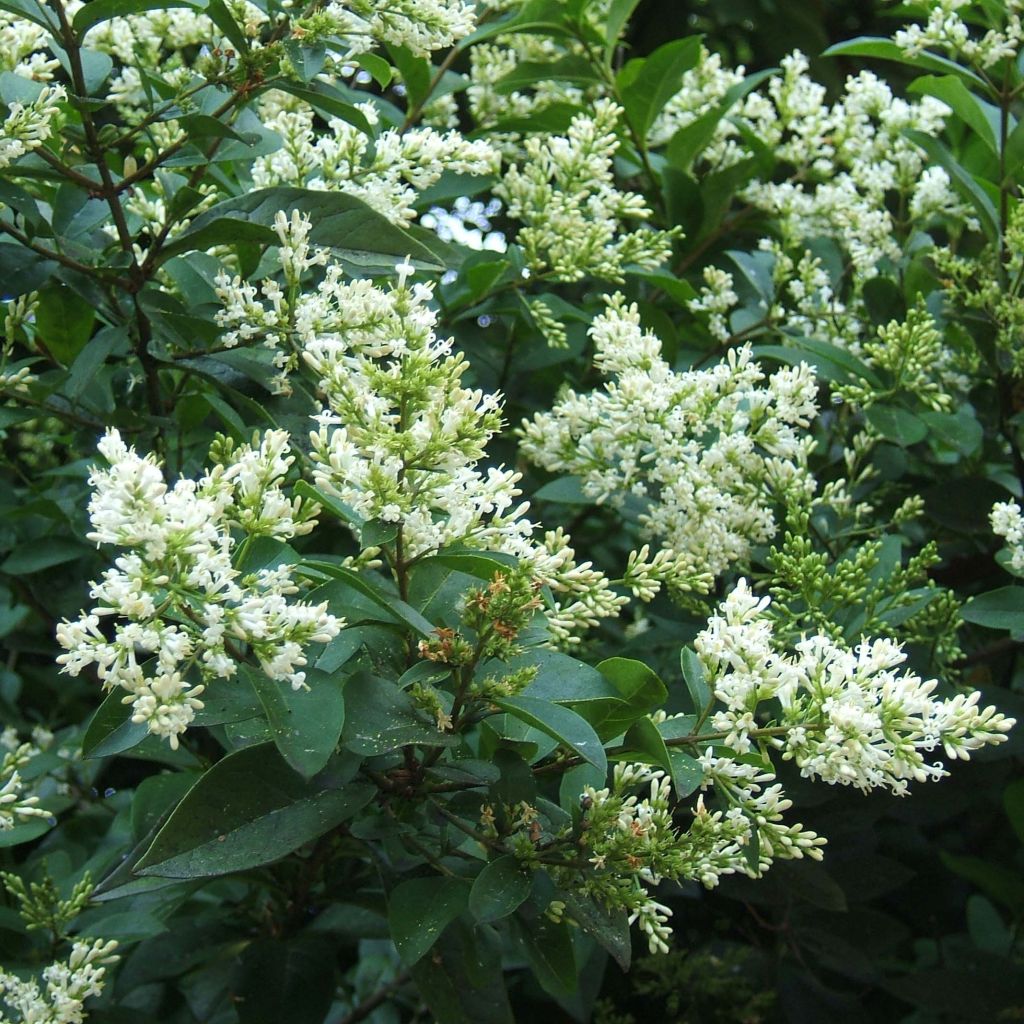

Ligustrum ovalifolium - Privet
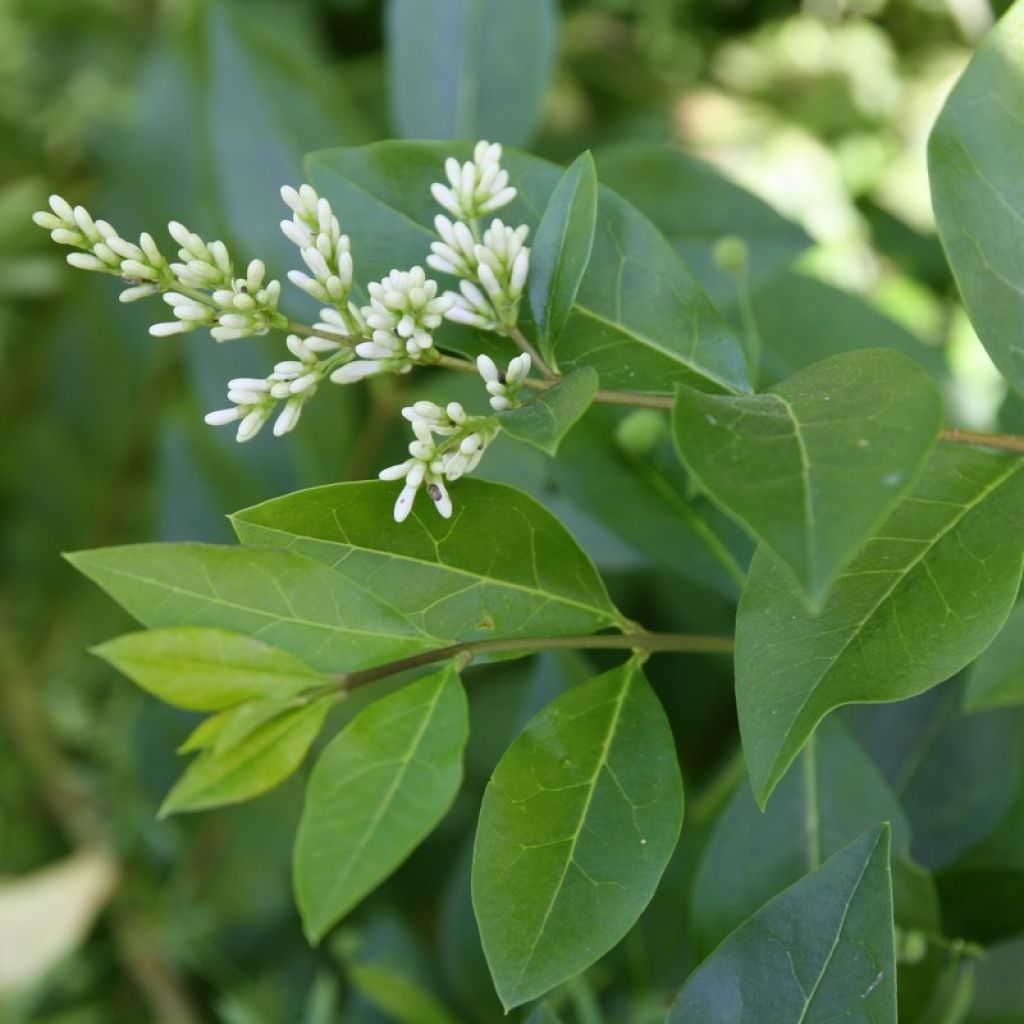

Ligustrum ovalifolium - Privet
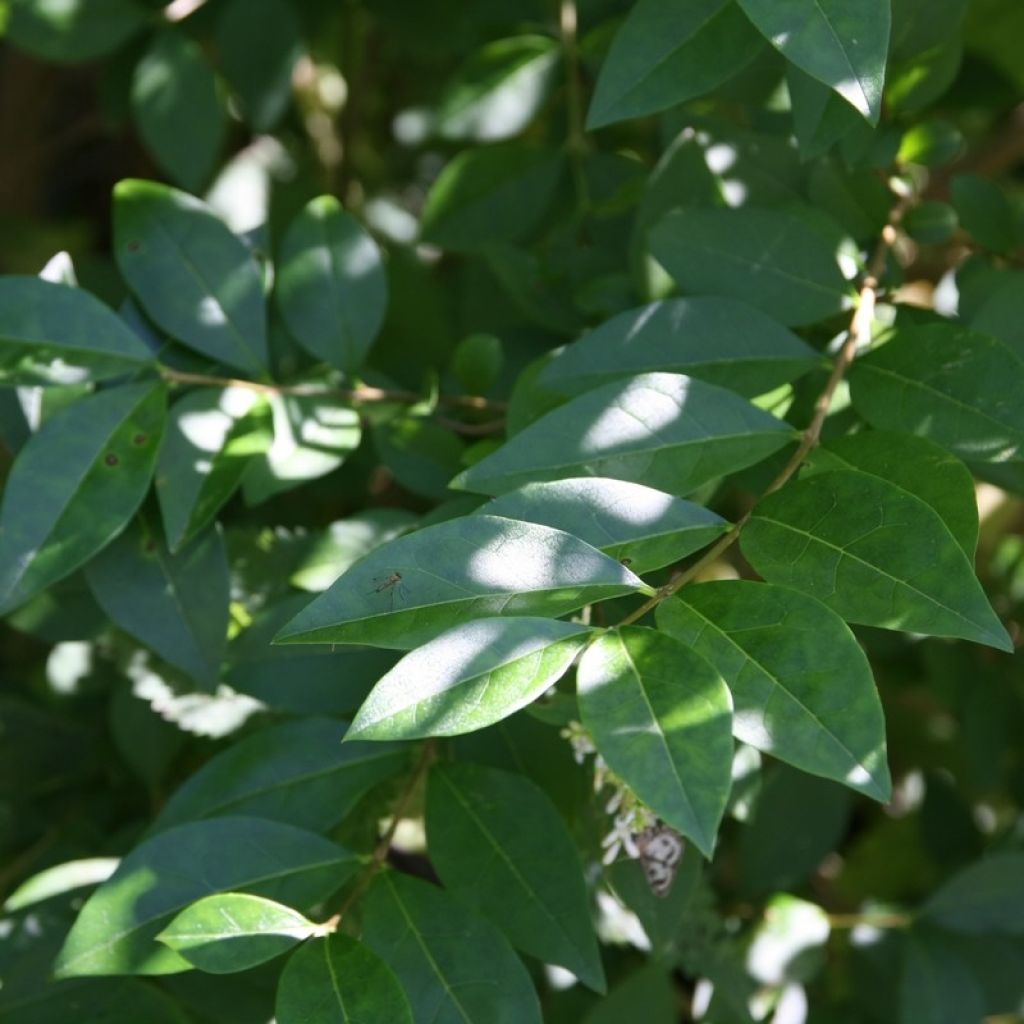

Ligustrum ovalifolium - Privet
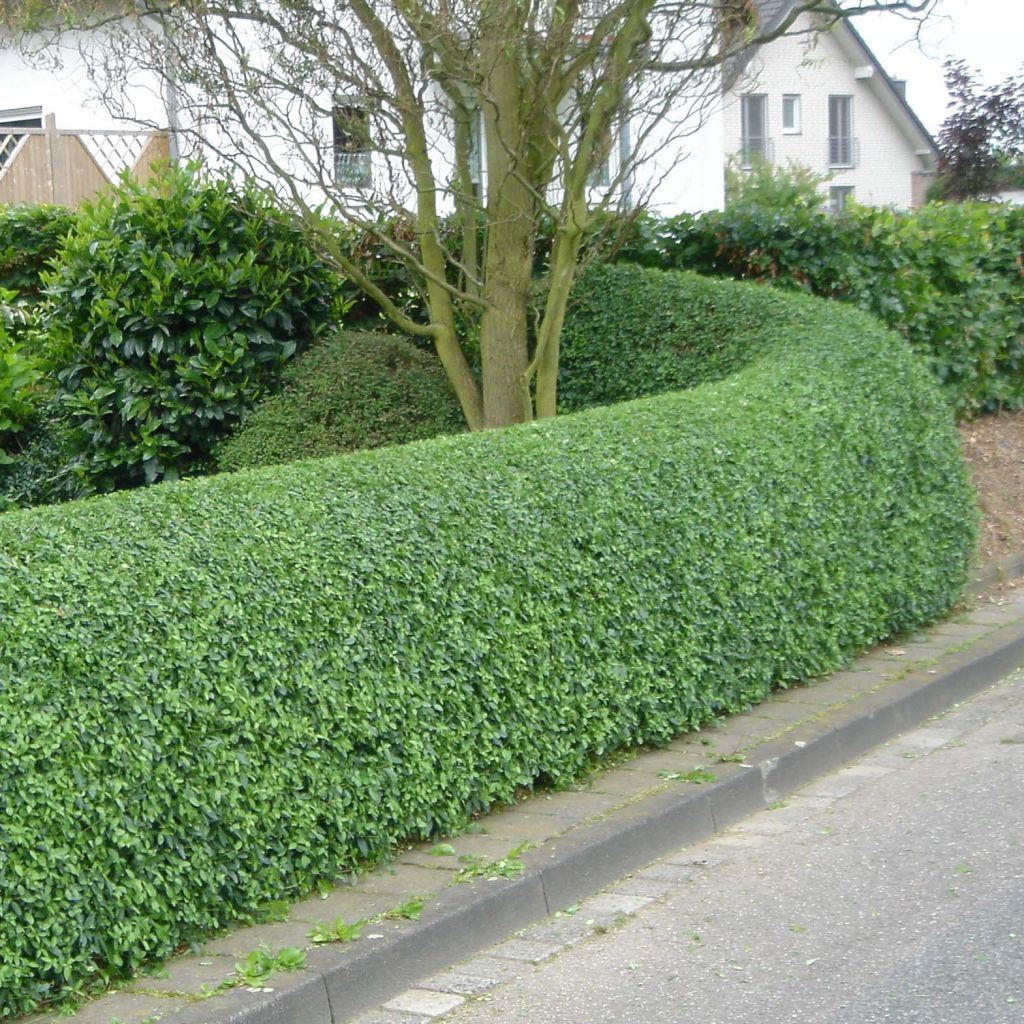

Ligustrum ovalifolium - Privet
Ligustrum ovalifolium - Privet
Ligustrum ovalifolium
Garden Privet, California Privet, Oval-leaf Privet
Very good. Beautiful young plants, received in good condition, as described.
Florent, 23/11/2025
Special offer!
Receive a €20 voucher for any order over €90 (excluding delivery costs, credit notes, and plastic-free options)!
1- Add your favorite plants to your cart.
2- Once you have reached €90, confirm your order (you can even choose the delivery date!).
3- As soon as your order is shipped, you will receive an email containing your voucher code, valid for 3 months (90 days).
Your voucher is unique and can only be used once, for any order with a minimum value of €20, excluding delivery costs.
Can be combined with other current offers, non-divisible and non-refundable.
Home or relay delivery (depending on size and destination)
Schedule delivery date,
and select date in basket
This plant carries a 24 months recovery warranty
More information
We guarantee the quality of our plants for a full growing cycle, and will replace at our expense any plant that fails to recover under normal climatic and planting conditions.

Would this plant suit my garden?
Set up your Plantfit profile →
Description
The Ligustrum ovalifolium or California privet is a bush that is easy to grow and has vigorous growth, making it perfect for creating an informal or trimmed hedge. Depending on your budget, the length of your hedge, your patience, and the time you can dedicate to gardening, different types of privet are available.
- For an economical privet hedge, choose bare-root plants for autumn or winter planting. The soil preparation should be meticulous (thorough weeding, removal of all roots, planting trench), and it is advisable to place a weed suppressant at the base of the bushes to limit the germination of weeds until they establish themselves. Once established, they grow rapidly and will quickly catch up with their cultivated counterparts in pots. This is the most economical solution when creating a hedge of at least 10 metres (32.8ft) in length.
- For a fast-growing privet hedge, or to fill in an existing hedge, choose bushes in 3-litre or even 10-litre pots. Potted bushes can be planted all year round, except during freezing or hot periods. They are planted in individual planting holes, like any other garden shrub. While they immediately make an impact, they take a little longer to establish and will require more frequent and regular watering, especially in dry summers.
Respect the proper planting distance according to the size of your plant! Allow a space of 60cm (23.6in) between each plant for bare-root bushes, 70 to 80cm (31.5in) for plants in 2 or 3-litre pots, and 1 to 1.2m (3.3ft) for larger pots of 10 litres or more.
The Ligustrum ovalifolium is native to Japan and Korea, and it is called the California privet because it arrived in Europe via California. Privets belong to the Oleaceae family, just like Lilacs and Forsythias. It is a tall bush that can reach a height of 4m (13.1ft) with a spread of 3m (9.8ft). It has a naturally upright habit, compact if pruned every year. The California privet has semi-evergreen foliage composed of small oval leaves measuring 2 to 7cm (2.8in) in length. The leaves are shiny green on the upper side and green-yellow on the underside. The colour of the leaves becomes violet in winter. In July, small cream-white highly fragrant and nectar-rich flowers appear in panicles measuring 5 to 10cm (3.9in). They are followed by small spherical black berries in autumn, which will persist throughout winter. The leaves, flowers, and fruits of the privet are toxic to humans and animals if ingested.
The California privet is suitable for creating informal or trimmed hedges, as a privacy screen or windbreak, due to the density of its foliage, its hardiness, and its naturally very dense branching. It is easy to shape as desired, making it well-suited for bonsai. It is also well-suited for topiary (ball or other shapes) or trained as a standard or half-standard and grown in a pot. Lastly, it will have a beautiful effect when combined with other trimmed shrubs, playing with the shape and colour of the foliage, in a structured and minimalist setting. It also works well when planted in groups, mass plantings, borders, rock gardens, as a standalone specimen, or in a wild hedge.
It can be planted in association with other shrubs (purple Physocarpus, purple Berberis, Photinia, Elaeagnus, St. John's Wort, Kerria japonica, white Spiraea) and perennial plants (Baptisia, shrubby Salvias, tree Lupin) for a beautiful flowering wild hedge, allowing you to enjoy its foliage and pleasant flowering by letting it grow naturally. It is possible that the roots of the privet may hinder the growth of certain perennial plants planted at its base. As a precaution, ensure a sufficient planting distance around it.
It should be noted that this bush has a very high pollution resistance, making it valuable in urban gardens. With its highly fragrant flowers that contain a lot of pollen, making it highly nectar-rich, this privet contributes to the preservation of bees. Its pollen can be an allergen for some people.
Report an error about the product description
Ligustrum ovalifolium - Privet in pictures
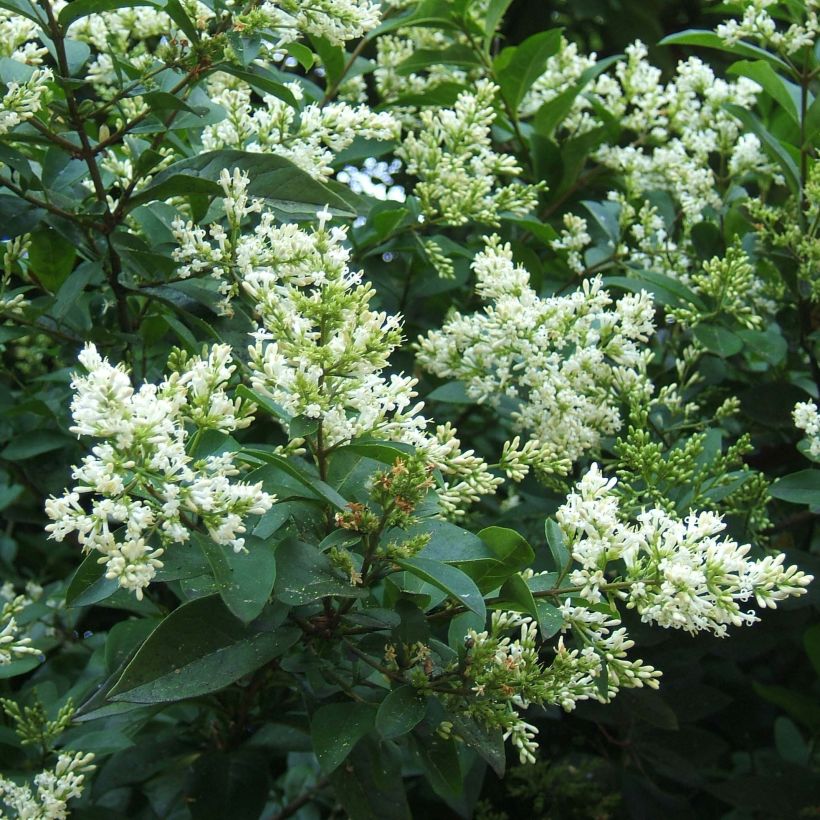





Plant habit
Flowering
Foliage
Botanical data
Ligustrum
ovalifolium
Oleaceae
Garden Privet, California Privet, Oval-leaf Privet
Cultivar or hybrid
Other Ligustrum - Privet
View all →Planting and care
The oval-leaved privet thrives in full sun or partial shade. Not demanding, it can be planted in any well-drained soil and it withstands pollution well. For hedges, space the bushes every 50 to 70cm (27.6in). When planted as a standalone, space them every 2m (6.6ft). During planting, add well-rotted manure or mature compost. Then, add more every year in spring. From February to April and from July to September, prune out diseased or dead wood and unruly or tangled branches to maintain a good habit and promote the growth of new shoots. Cut back the branches by half to achieve a denser hedge. This is a shrub that tolerates repeated pruning. Beware of aphids, scale insects, and thrips that attack the plant. It may be susceptible to powdery mildew and wilting.
Planting period
Intended location
Care
-
, onOrder confirmed
Reply from on Promesse de fleurs
Similar products
Haven't found what you were looking for?
Hardiness is the lowest winter temperature a plant can endure without suffering serious damage or even dying. However, hardiness is affected by location (a sheltered area, such as a patio), protection (winter cover) and soil type (hardiness is improved by well-drained soil).

Photo Sharing Terms & Conditions
In order to encourage gardeners to interact and share their experiences, Promesse de fleurs offers various media enabling content to be uploaded onto its Site - in particular via the ‘Photo sharing’ module.
The User agrees to refrain from:
- Posting any content that is illegal, prejudicial, insulting, racist, inciteful to hatred, revisionist, contrary to public decency, that infringes on privacy or on the privacy rights of third parties, in particular the publicity rights of persons and goods, intellectual property rights, or the right to privacy.
- Submitting content on behalf of a third party;
- Impersonate the identity of a third party and/or publish any personal information about a third party;
In general, the User undertakes to refrain from any unethical behaviour.
All Content (in particular text, comments, files, images, photos, videos, creative works, etc.), which may be subject to property or intellectual property rights, image or other private rights, shall remain the property of the User, subject to the limited rights granted by the terms of the licence granted by Promesse de fleurs as stated below. Users are at liberty to publish or not to publish such Content on the Site, notably via the ‘Photo Sharing’ facility, and accept that this Content shall be made public and freely accessible, notably on the Internet.
Users further acknowledge, undertake to have ,and guarantee that they hold all necessary rights and permissions to publish such material on the Site, in particular with regard to the legislation in force pertaining to any privacy, property, intellectual property, image, or contractual rights, or rights of any other nature. By publishing such Content on the Site, Users acknowledge accepting full liability as publishers of the Content within the meaning of the law, and grant Promesse de fleurs, free of charge, an inclusive, worldwide licence for the said Content for the entire duration of its publication, including all reproduction, representation, up/downloading, displaying, performing, transmission, and storage rights.
Users also grant permission for their name to be linked to the Content and accept that this link may not always be made available.
By engaging in posting material, Users consent to their Content becoming automatically accessible on the Internet, in particular on other sites and/or blogs and/or web pages of the Promesse de fleurs site, including in particular social pages and the Promesse de fleurs catalogue.
Users may secure the removal of entrusted content free of charge by issuing a simple request via our contact form.
The flowering period indicated on our website applies to countries and regions located in USDA zone 8 (France, the United Kingdom, Ireland, the Netherlands, etc.)
It will vary according to where you live:
- In zones 9 to 10 (Italy, Spain, Greece, etc.), flowering will occur about 2 to 4 weeks earlier.
- In zones 6 to 7 (Germany, Poland, Slovenia, and lower mountainous regions), flowering will be delayed by 2 to 3 weeks.
- In zone 5 (Central Europe, Scandinavia), blooming will be delayed by 3 to 5 weeks.
In temperate climates, pruning of spring-flowering shrubs (forsythia, spireas, etc.) should be done just after flowering.
Pruning of summer-flowering shrubs (Indian Lilac, Perovskia, etc.) can be done in winter or spring.
In cold regions as well as with frost-sensitive plants, avoid pruning too early when severe frosts may still occur.
The planting period indicated on our website applies to countries and regions located in USDA zone 8 (France, United Kingdom, Ireland, Netherlands).
It will vary according to where you live:
- In Mediterranean zones (Marseille, Madrid, Milan, etc.), autumn and winter are the best planting periods.
- In continental zones (Strasbourg, Munich, Vienna, etc.), delay planting by 2 to 3 weeks in spring and bring it forward by 2 to 4 weeks in autumn.
- In mountainous regions (the Alps, Pyrenees, Carpathians, etc.), it is best to plant in late spring (May-June) or late summer (August-September).
The harvesting period indicated on our website applies to countries and regions in USDA zone 8 (France, England, Ireland, the Netherlands).
In colder areas (Scandinavia, Poland, Austria...) fruit and vegetable harvests are likely to be delayed by 3-4 weeks.
In warmer areas (Italy, Spain, Greece, etc.), harvesting will probably take place earlier, depending on weather conditions.
The sowing periods indicated on our website apply to countries and regions within USDA Zone 8 (France, UK, Ireland, Netherlands).
In colder areas (Scandinavia, Poland, Austria...), delay any outdoor sowing by 3-4 weeks, or sow under glass.
In warmer climes (Italy, Spain, Greece, etc.), bring outdoor sowing forward by a few weeks.































